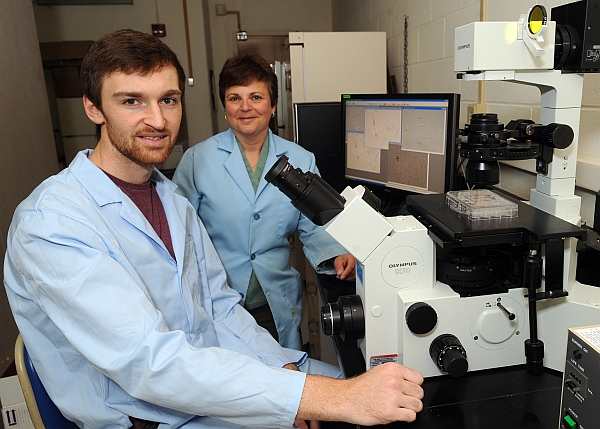In recent times, white striping and hard or “woody” texture has been observed in some chicken breast muscles. Indeed, at the recent 14th European Poultry Conference in Norway, a session dedicated to meat quality discussed these issues.
Professor Sandra Velleman from Ohio State University is also now working on a deeper understanding of the so-called “woody breast” condition. Having recently completed a Poultry CRC project investigating post hatch feed restriction and its effect on broiler muscle growth, Sandy is well placed to investigate the woody breast phenomenon further.
While the exact cause of woody breast is not known, breast muscles with the wooden breast phenotype appear to have reduced capillary blood supply to the muscle. Without sufficient capillaries, muscle damage may occur as lactic acid, a by-product of anaerobic respiration (which is the metabolism used in the breast muscle), cannot be cleared through the capillaries and remains in the muscle.
Sandy explains, “Wooden breast is a muscle myopathy that results in the necrosis of muscle fibres with macrophage infiltration. In response to the necrosis, fibrosis takes place, leading to connective tissue synthesis and the replacement of muscle-specific proteins with highly cross-linked collagen. The highly cross-linked collagen gives the muscle its wooden or very stiff phenotype”.
Researchers M. Petracci, S. Mudalal and C. Cavani (2014) from the University of Bologna, Italy, note that the occurrence of woody breast “impaired the visual appearance and reduced consumer willingness to buy chicken breast fillets”. Clearly a deeper understanding of the woody breast condition is vital for industry, given its occurrence in the US, Europe and other chicken meat producing countries.


